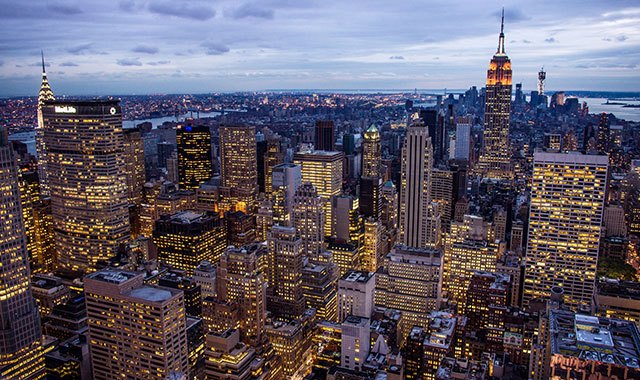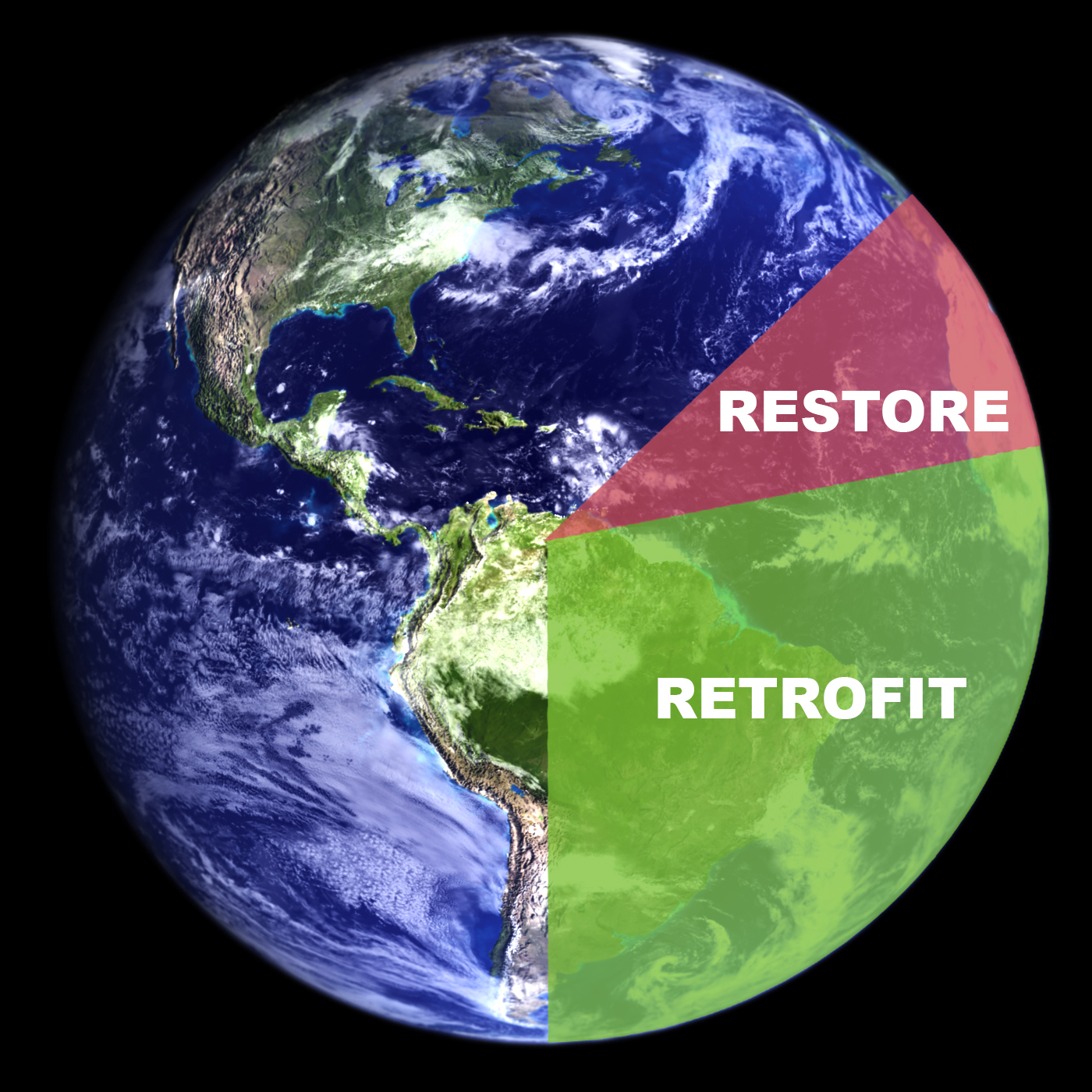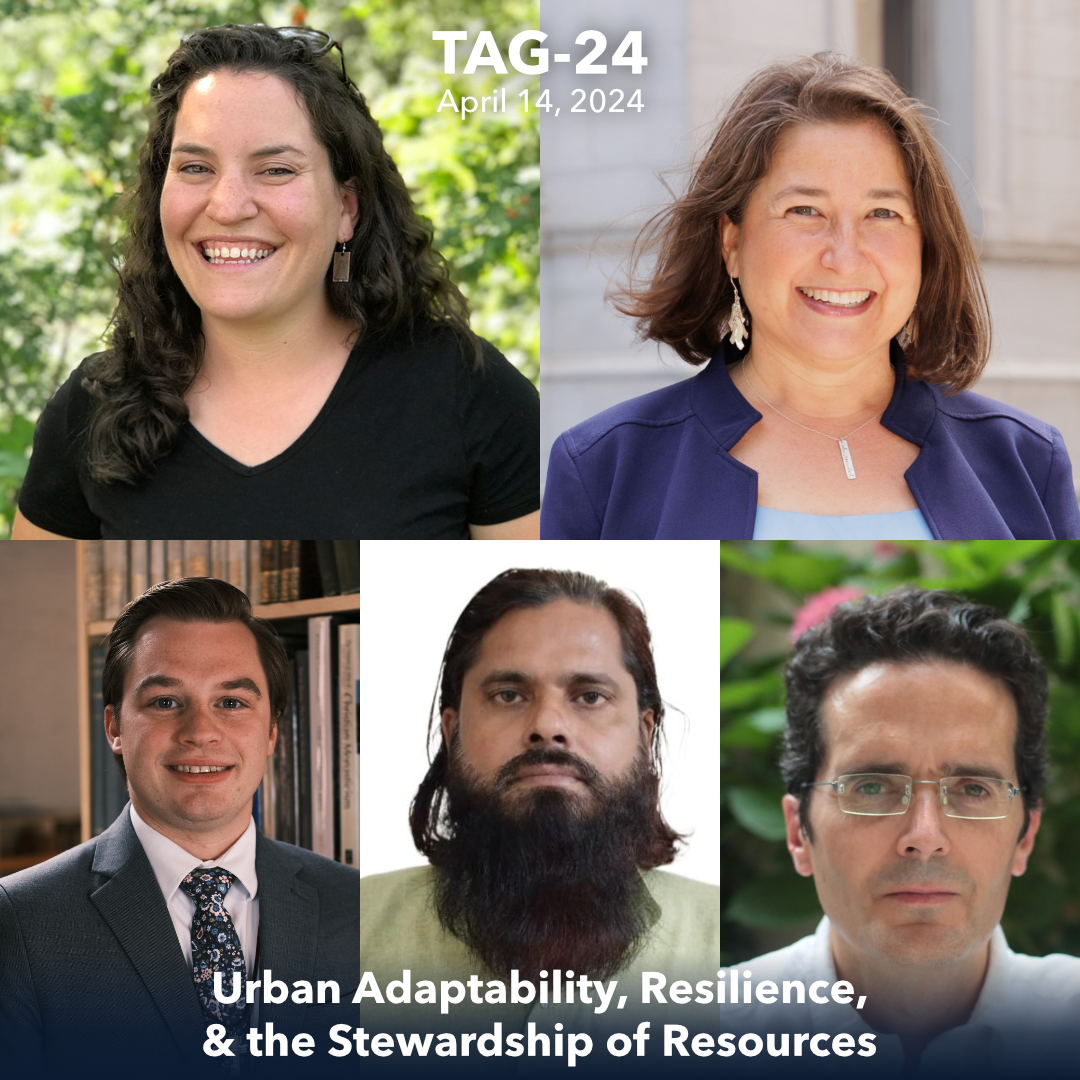Should NYC Raze Its Wasteful Modernist Skyscrapers to Go Green?
Kelly Chan investigates for Blouin Artinfo
Last year marked the first year New York City’s commercial buildings were mandated to publicly disclose their energy usage levels, and with that, some of the city’s most esteemed works of architecture were subjected to a new wave of scrutiny. While the recently completed 7 World Trade Center clocked in with an admirable score of 74, the much-admired 1958 Seagram Building scored an abysmal 3, casting midcentury design in a troubling new light. Could certain icons of the built environment be too harmful for the natural environment?
Last month, a research and consulting firm known as Terrapin Bright Green addressed this exact query. With their recently published report “Midcentury (Un)Modern: An Environmental Analysis of the 1958-73 Manhattan Office Building,” the group brought two ethical debates in the field to a head by articulating the long-term environmental benefits of demolishing and replacing the city’s first wave of glass curtain wall office towers — the architectural cohort of Seagram. If the conclusion of the report is accepted, it could uncouple what the it terms the “sister ethics” of environmental sustainability and historic preservation and justify potentially invasive development in some of Manhattan’s most iconic neighborhoods.
For the authors of the report, the initiative most closely linked to the new research is PlaNYC, a Bloomberg administration agenda that lists a 30 percent reduction in the city’s carbon footprint by 2030 among its many long-term goals. “We realized that in 2030, 85 percent of the buildings that will exist then are already here,” Bob Fox of COOKFOX Architects, a design firm deeply involved with Terrapin’s research, explained to ARTINFO. “So if all the new buildings had no carbon footprint, we still couldn’t reach the goal without either seriously retrofitting or dealing with the existing buildings in New York City in a very serious way.” With this challenge in mind, Terrapin Bright Green identified the first generation modern office tower, a typological mainstay in midtown and parts of lower Manhattan, as a candidate for serious reevaluation.
For Terrapin, these iconic buildings provided multiple opportunities for improved energy efficiency. The group, which has historically advocated for the retrofitting of buildings such as the White House, the Pentagon, and the Empire State Building to reach new sustainability goals, concluded that retrofitting the midcentury skyscrapers in question could yield an impressive 44 percent reduction in energy usage. But the report also goes on to explore a second avenue, arguing the advantages of demolishing and replacing midcentury towers with brand new high-performance buildings. There is no disputing that New York’s midcentury office towers cannot compete with most new constructions on the energy savings front. Terrapin’s case studies suggest that even while considering the energy required to raze an existing building and construct a new one, the energy savings of a new skyscraper — if designed properly — could compensate for its initial negative impact on the environment in 16 to 28 years.
What is open to debate, however, is how Terrapin links the two halves of their analysis. “Midcentury (Un)Modern” hangs its argument on several key assumptions that get buried in the stream of charts, graphs, and bullet points: The report prematurely concludes that, under current conditions, deep retrofitting is an impractical option because owners of these office towers have little economic incentive to invest in extensive renovation: The tight column spacing, low ceiling heights, and inefficient structural organizations of these buildings make for undesirable workspaces by contemporary standards, problems no retrofit can resolve. With no potential to increase rent or occupancy, the retrofitting option emerges as a poor investment. In fact, William Browning, a primary author of Terrapin’s report, believes such buildings have not already been replaced because many of them are “overbuilt,” meaning their developers exploited a short-term loophole to construct these buildings in greater bulk — and thus with more rentable floor area — than current zoning will allow.
These assumed economic impediments to retrofitting set the stage for counterarguments to Terrapin’s analysis. For Simeon Bankoff, director of New York City’s Historic Districts Council, another Bloomberg initiative — one that falls outside of PlaNYC’s eco-friendly agenda — paints Terrapin’s rhetoric in a darker way: the proposed rezoning of Midtown East, which offers, as Bankoff explained ARTINFO, to “up-zone the entire area in order to encourage ‘signature architecture’ and to revitalize what has been described by proponents of the plan as obsolete or underperforming buildings. With the emergence of this plan, it became evident that the ground had shifted, and that 17-story buildings could be replaced with 30-story buildings.”
Bankoff points out that by the same logic Terrapin introduces in its report to say that retrofitting is impractical, the high-performance replacement buildings being recommended would have to be significantly larger — exceeding zoning regulations as they stand now — and have significantly more rentable floor area to incentivize developers to invest in razing and rebuilding office towers. “They were taking as one of their principles that they would be able to build much, much bigger,” Bankoff explained. This supposition is based on yet another assumption: that New York needs bigger and more high-profile office towers. “They’re premising what businesses will need in five years based on what businesses needed in hindsight five years ago,” Bankoff added.
The takeaway, then, is that the green element of “Midcentury (Un)Modern” is premised not only on hard-and-fast facts about the environment but also on predictions about something mercurial and manmade: the market economy. Whether or not it is the intent of the report to exploit current environmental concerns to green-light private development, as Bankoff implies, if its research is misinterpreted, it could potentially rationalize the aggressive reorganization of Manhattan at the expense of some important rudiments of the city’s architectural heritage.
While Terrapin is not encouraging the complete erasure of this chapter of architectural history — the Seagram Building, the U.N. Building, and the Lever House are exempt, for instance — authors Browning and Fox have stressed that the towers the report addresses were actually not built to last: “They were all cost-driven. Speed of construction was very important,” Fox said, speaking from his experience as a practitioner during the midcentury era. “I don’t think anyone who was building them then envisioned that they would still be here — we thought they would last for 20 years.” This brings up a new question of whether or not the intent of an architectural design dictates the fate of the architecture once it is realized.
But for Bankoff, the architecture has taken on a life of its own. “Those buildings were mostly built under old zoning,” he explained. “From an urban design and art perspective, it’s a very interesting response to the confines of zoning using modern materials.” He stressed how these provisional solutions have become a part of the enduring imagery of the city, how the signature zigzagging setbacks of these glass-and-steel towers provided the backdrop for countless television shows and movies, becoming an iconic milieu that could stand to disappear if not properly safeguarded. “They were incredibly evocative of what America was doing at the time,” he said, speaking of an era that is slowly gaining currency in contemporary historiographies. “Those buildings are the natural environment of Don Draper.”




